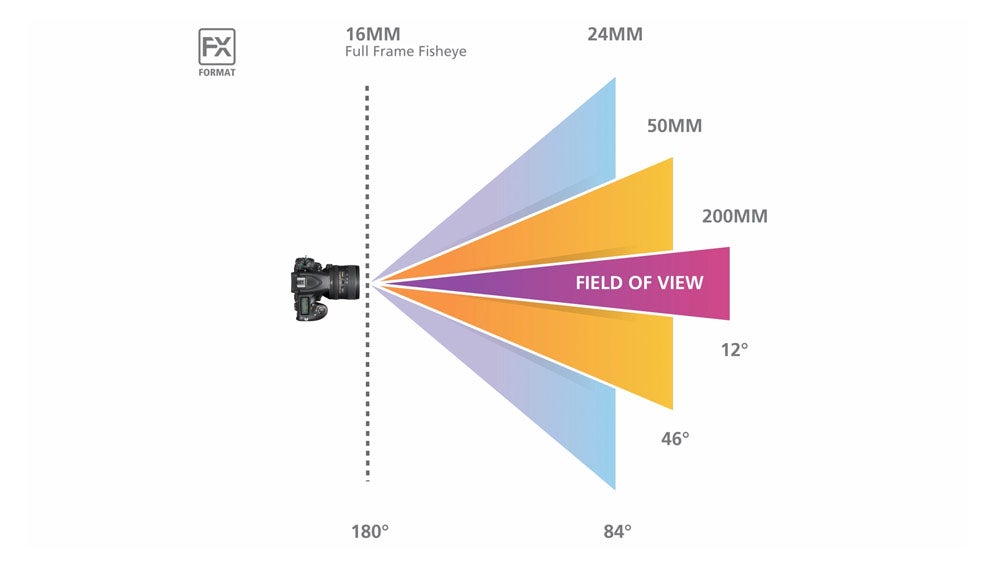Whether you’re shopping for a new camera, lens or even a smartphone, you may have come across the acronym FOV.
FOV stands for field of view, but what does this actually mean? Keep reading to discover everything you need to understand about FOV in photography.
Save 81% on a VPN with SurfShark
Surfshark has dropped the price of its VPN from £10.42 a month to £1.96 a month. Head over to Surfshark now to pay a one time price of £46.99 for 24 months of Surfshark and save 81%.
- Surfshark
- Was £10.42 a month
- £1.85 a month
What is FOV?
FOV – or field of view – is a term used to indicate just how much of the environment can be seen through a camera at any given time.
The field of view is determined by the size of the sensor and the focal length of the lens attached to the camera. However, photographers can easily narrow or expand the FOV by changing out their lenses.
The same goes for mobile photography when moving between the multiple sensors on a phone. For example, ultra-wide angle cameras typically have a wider field of view than wide, telephoto or macro ones.
When it comes to knowing which lenses will give what results, photographers and camera companies use degrees to describe different fields of view. Higher numbers indicate a wider FOV, while lower numbers refer to a more narrow FOV.
The human eye can actually pick up around 180 degrees (due to the fact we have two of them), but this is rarely matched in photography with fish-eye lenses being the exception.
To take an example from mobile photography, the Samsung Galaxy S23 Ultra has three rear cameras: one wide angle sensor with an 85-degree FOV, one ultra-wide with a 120-degree FOV and a telephoto sensor with a 36-degree FOV. In this instance, the ultra-wide camera has the widest FOV, meaning this camera is able to fit more of a scene into the frame.
The same goes for the interchangeable lenses on larger DSLR and mirrorless cameras. Here, the exact field of view will depend on the camera and focal length of the lens used but, generally speaking, a 24mm lens will have a wider FOV than a 50mm lens, which in turn will have a wider FOV than a 200mm lens.
You can see how the FOV varies across Nikon’s FX-format lenses in the diagram below.












